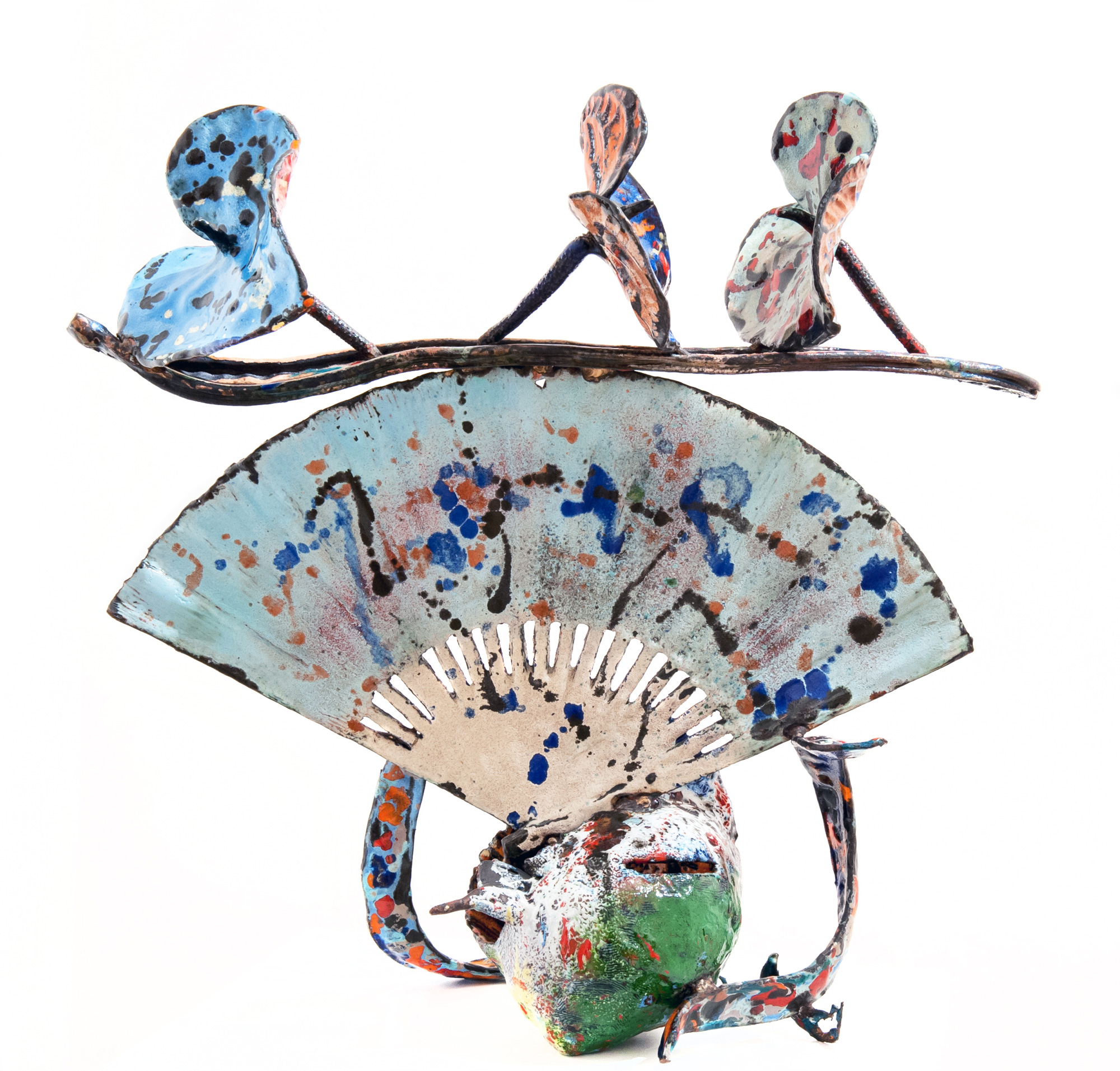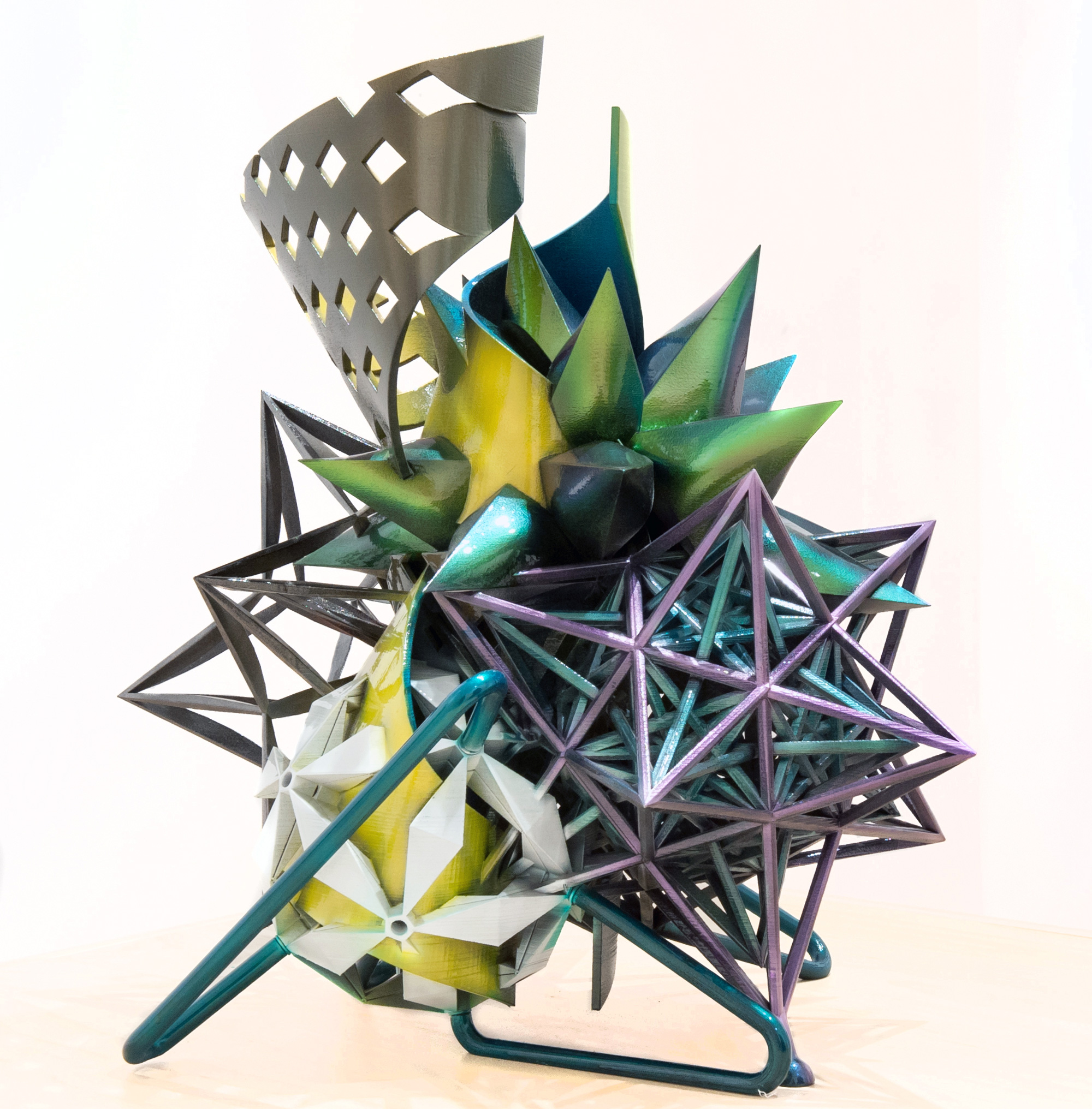Objects Common & Curious - Sequel
September 27, 2018 — March 30, 2019
Opening Reception: September 27, 2018, 6-8pm
Joseph Cornell, Pocket Object, 1949-1950; mixed media construction; 3 1/2 x 2 1/4 x 3/4 inches
FreedmanArt is pleased to present its next exhibition, which explores the transformation of common objects. "Hiding in Plain Sight celebrates the artist's power to transform the ordinary. As revision becomes visionary, art becomes revelatory, and we begin to see common objects as the bearers of previously unimagined possibilities." - Carter Ratcliff
Traditionally, works of art have been made of marble, bronze, or oil paint on well- prepared canvases. Modernism turned artists’ attention to fugitive materials. At a Parisian dinner party, in 1925, Alexander Calder made the figure of a chicken from a piece of bread and a hairpin. A third option is to endow a disposable object with the permanence of art—as Calder did when he converted a Ballantine beer can intoSamba Rattle, circa 1948, a musical instrument complete with a wooden handle and noise-making pebbles.
Mounting a bicycle wheel atop a kitchen stool, Marcel Duchamp produced the first found-object sculpture. The year was 1913. Just a year earlier, Pablo Picasso and George Braque had pasted scraps of newsprint and wallpaper to the surfaces of their paintings. Dubbed collage, variations on Braque and Picasso’s innovation quickly proliferated in the work of Kurt Schwitters, Jean Arp, and scores of other artists. In three dimensions, Dadaists and Surrealists assembled common objects with wild exuberance. This incursion of the common, the found, and the readymade released artists from the obligation to employ traditional skills. The very idea of art was transformed.
Though we usually locate this development in the early decades of the twentieth century, there is no limit to the possibilities it unleashed. The potential of the common object is constantly renewed, as we see in work by the younger artists included in this exhibition.
With intricate, even meditative patterns of embroidery, Nicola Ginzel rescues cardboard boxes, paper coffee cups, and other ephemera from oblivion, thereby giving the disposable the permanence—and expressiveness—of art.
Finding new uses for common objects, artists redefine not only art but also life. If anything can be art, then the border between life and art becomes difficult to locate and may even vanish—or not. For we don’t usually feel that we are surrounded by artworks as we navigate the world of common objects. It is only when an artist gives a common object a new meaning, a meaning richer and more expansive than it usually has, that the art-life border vanishes, and we sense the possibility of seeing everything in an aesthetic light. As Joseph Cornell said, “the transformation of persons, places, objects” brings an “exaltation of experience.”
Asked about the found objects in his sculptures. Mark di Suvero said that “the real object ... is like a springboard into dreams, poetry, and the feeling—the feeling of one’s life.” Whenever an artist finds a new use for a common object, it illuminates our lives as well, helping us see the potential for transformation everywhere, even—or especially—in ourselves.
In the Spring Collection series (2016) by Jean Shin, leather scraps produced by the Marc Jacobs fashion house have the impact of primary forms. Leftover from the manufacture of handbags, her materials have an unexpected formal power—and a physical presence that evokes metaphors of mapping, the body, and more.
- Carter Ratcliff, September 2018
Artists in exhibition include:
Thomas Hart Benton (1889-1975)
Alexander Calder (1898-1976)
Joseph Cornell (1903-1972)
Mark di Suvero (b. 1933)
Helen Frankenthaler (1928-2011)
Nancy Graves (1939-1995)
Nicola Ginzel (b. 1968)
Pablo Picasso (1881-1973)
Kurt Schwitters (1887-1948)
Jean Shin (b. 1971)
Richard Stankiewicz (1922-1983)
Frank Stella (b. 1936)
Richard Tuttle (b. 1941)
John Walker (b. 1939)




